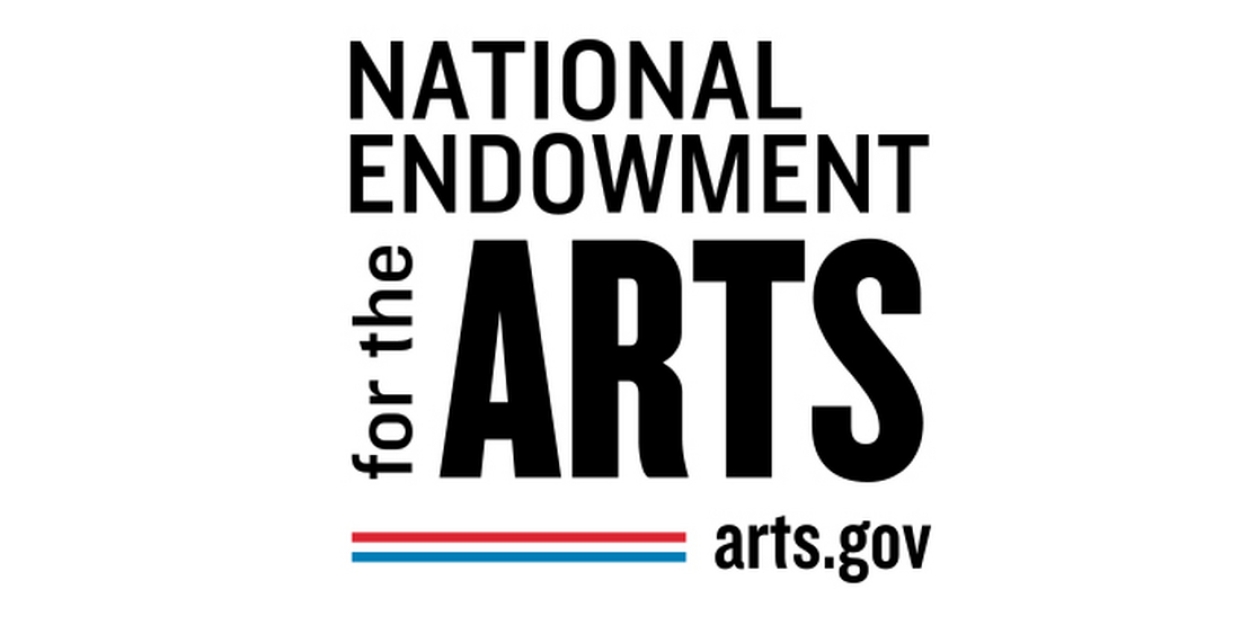NEA Survey Shows Fewer People Are Attending Live Performance Events
Between July 2021 and July 2022, just under half of all adults attended in-person arts events, which showed a significant drop from 2017.

A new survey conducted by the National Endowment for the Arts has looked into the effects of the COVID-19 pandemic on arts participation, including attending theatre productions, movies, visiting museums, and more.
According to the research, between July 2021 and July 2022, more than half of all adults created and/or performed art, which is similar to findings in 2017, the last time the survey was conducted. During the same time period, just under half of all adults attended in-person arts events, which showed a significant drop from 2017. A separate survey shows that 82 percent of respondents watched or listened to arts activities through digital media between 2021 and 2022.
Chair of the NEA, Maria Rosario Jackson, PhD, said, “The National Endowment for the Arts has a longstanding commitment to providing the arts and culture field and the general public with accurate and relevant research. Taken together, these reports help to reveal the state of arts participation in our country and serve as an important resource in understanding areas that are growing in interest, those that showed a decline, as well as demographic gaps in participation, among other trends.”
Check out some of the key findings from the report below:
Art Making:
- More than half (52 percent) of the nation’s adults did some form of art making in 2022. This is similar to the share of adults who, using a different set of measures, reported creating and/or performing art in 2017.
- For most art forms, the share of adults personally creating and/or performing has either grown modestly or held flat since 2017. Art making activities that showed growth from 2017 included leatherwork, metalwork, and woodwork. and playing musical instruments. Other activities, such as working with textiles, taking artistic photos, or doing creative writing, took a dip in 2020 but have since returned to 2017 levels.
- Social dancing is the most popular activity across all forms of personal arts performance and creation, involving 22 percent of adults.
- The next most popular activity is singing, whether alone or in a choir, though the proportion of adults singing declined by five percentage points from 2017 to 2022.
- Other declines in personal creation and performance included performing or practicing dance; restoring, rebuilding, or customizing objects; and cooking as an artistic activity.
- Most adults who learned an arts subject did so through friends or family, or by teaching oneself.
Arts Attendance—In-person:
- Just under half (48 percent) of all adults attended at least one arts event in person. This is six percentage points less than reported in 2017.
- Attendance rates declined in comparison to 2017 for virtually every type of arts activity specified in the survey—art museum or gallery visits, and attendance at jazz, classical, or Latin/salsa music performances, musical and non-musical plays, craft fairs and outdoor performing arts festivals, operas, and ballet and other dance forms, and movies.
- However, attendance rates grew 15 percent, to 21 percent of adults, for the “other” performing arts category. This could include all kinds of music, dance, and theater events not specified by the survey, such as rock or pop, rap or hip-hop, folk or country, or music from other countries and cultural traditions, in addition to comedy/improv, circus acts, or magic shows.
- As for visual arts attendance, the only activity not to see a severe decline was visits to parks, buildings, monuments, or neighborhoods for historic or design purposes—this participation rate slipped by only two percentage points.
- In 2022, open-air facilities (e.g., parks, pavilions, amphitheaters) were among the most popular sites of in-person arts attendance.
- Social media and peer-to-peer communications were the most commonly cited mechanisms for learning about in-person arts events that survey respondents attended.
Arts Consumption Via Media:
- As in prior years, the largest share of adults who participated in the arts did so by consuming art through electronic or digital media (75 percent).
- The rate of music-listening via electronic or digital media held steady between 2017 and 2022, with the exception of jazz and classical music or opera, which saw declines.
- Many other forms of arts consumption via media saw declines in the five-year period, including watching or listening to theater productions and dance performances, as well as programs, podcasts, or other video or audio content about the visual arts or about books or writers.
The survey also asked participants about other activities such as reading books or literature. In 2022, 53 percent of U.S. adults read literature and/or books of some kind (compared to 57.1 percent in 2017).
Check out the full findings of two surveys at the following links: Arts Participation Patterns in 2022: Highlights from the Survey of Public Participation in the Arts and Online Audiences for Arts Programming: A Survey of Virtual Participation Amid COVID-19.
Videos

